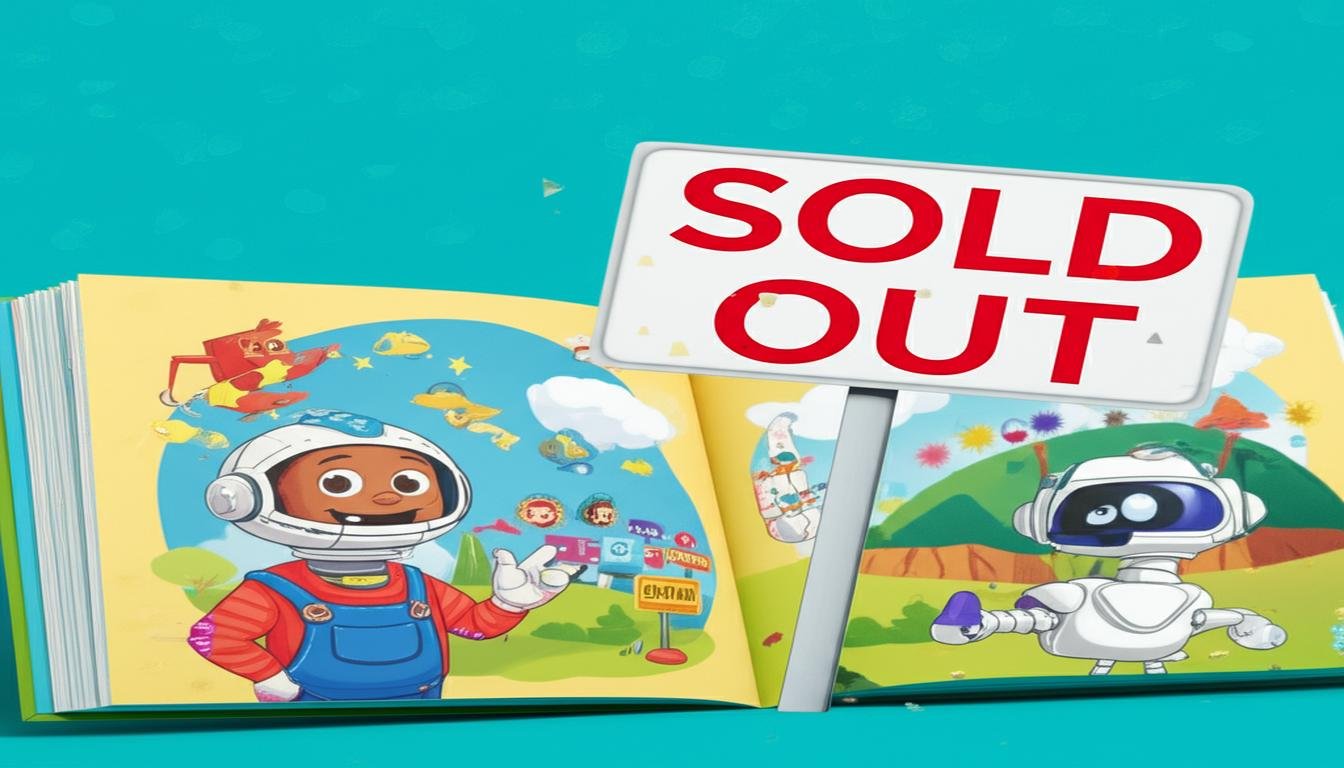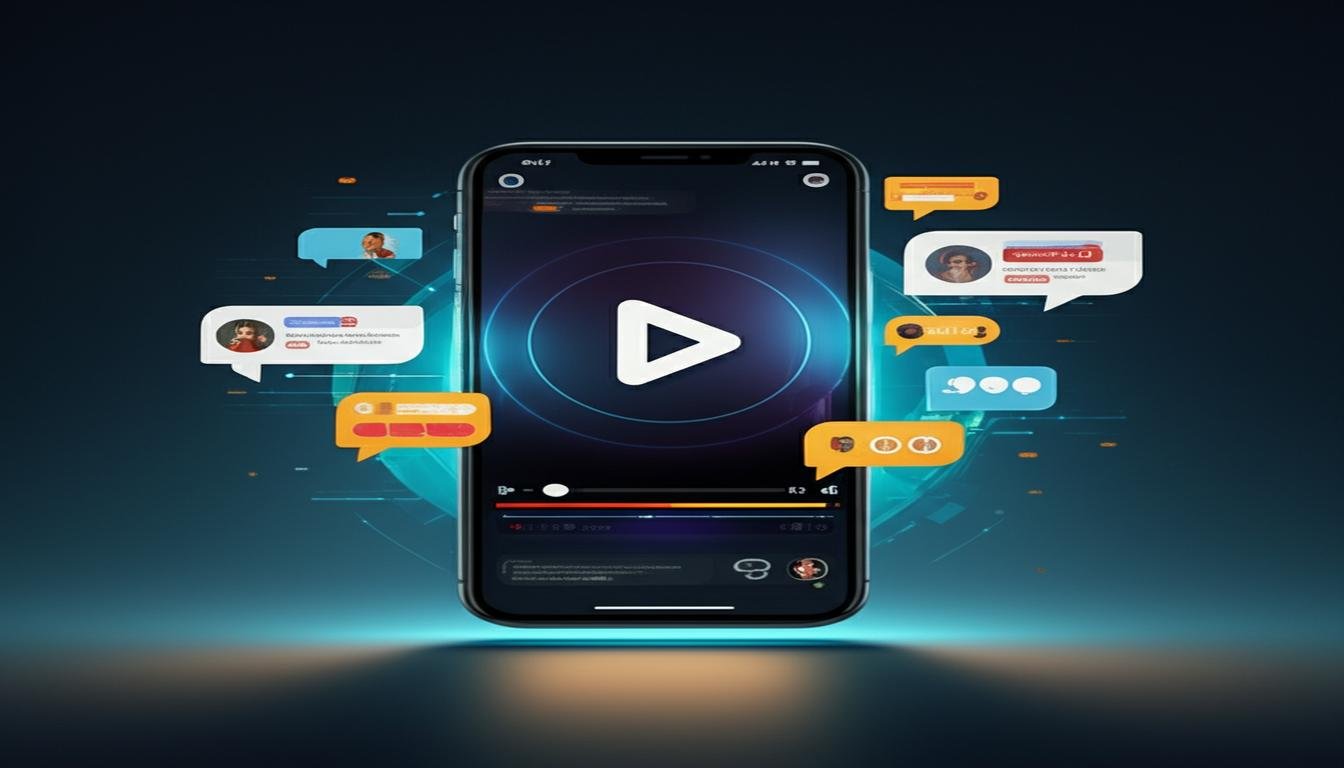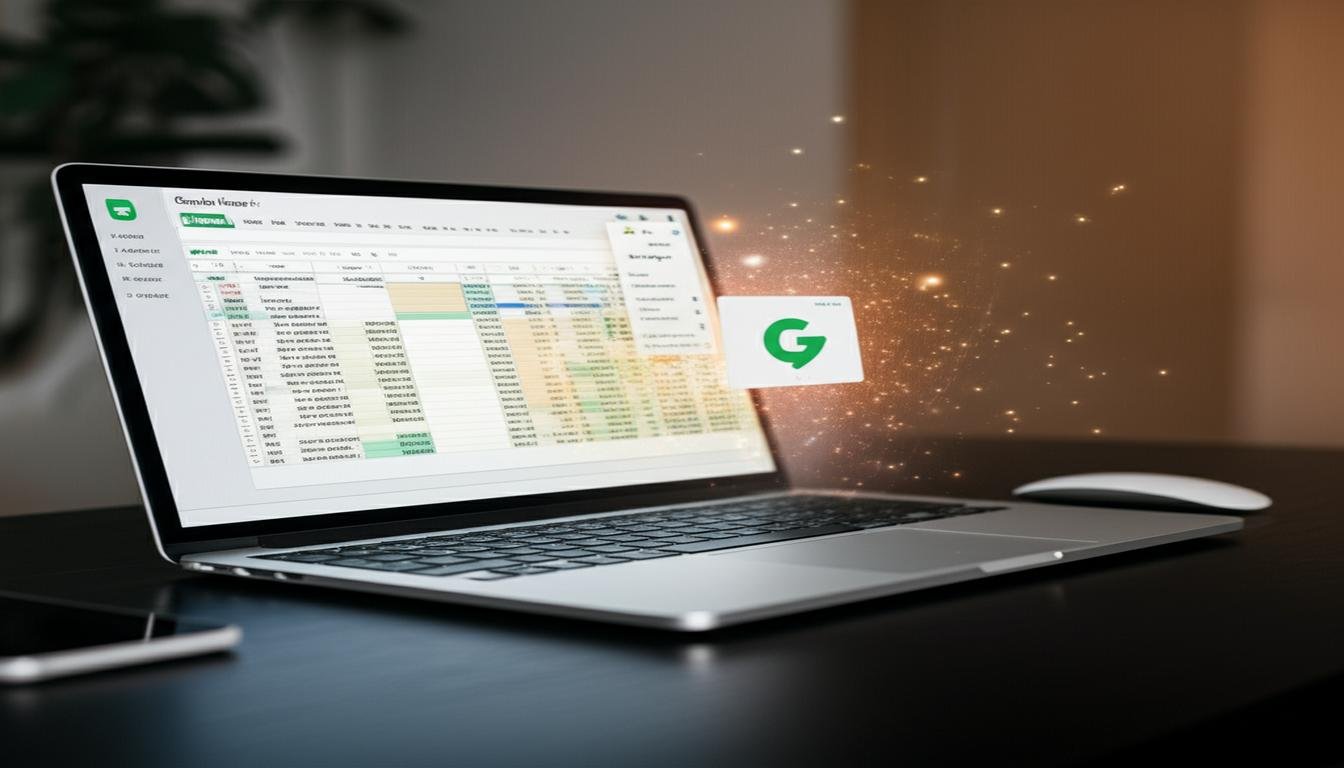Okay, buckle up, because I’ve got a story for you that still kind of blows my mind. You know how everyone’s talking about AI these days? Well, I decided to mess around with it to create something fun for my niece. Next thing I know, I’ve made a children’s book in about an hour, and get this—it totally sold out online. Seriously. I’m not a professional artist, and my writing skills are, let’s say, ‘enthusiastic amateur.’ So, when I tell you that AI helped me churn out a charming little story with delightful illustrations in roughly 60 minutes, and people actually *bought* it, I hope you see why I’m still a bit stunned. It felt like I’d stumbled onto some kind of creative cheat code. The Idea That Sparked It All I’d been thinking about making a unique bedtime story for my niece, something personalized. But the thought of drawing dozens of illustrations or spending weeks writing and editing just felt… overwhelming. That’s when the lightbulb went off: AI. I’d seen examples of AI-generated art and text, but could it really handle a full children’s story? My initial goal wasn’t to sell anything. It was purely an experiment, a “can this even be done?” kind of project. I figured worst-case scenario, I’d have a laughably bad AI book to show off. Boy, was I wrong. My One-Hour AI Book Creation Process Here’s how I tackled it, keeping a timer running on my phone. The key was to be decisive and not get bogged down in perfectionism. This was a sprint, not a marathon. Step 1: The Story Idea (5 minutes) I started with a simple prompt in an AI text generator. I wanted something sweet and simple for young kids. I typed: “Generate a concept for a children’s book about a shy, friendly fox who learns to make new friends in the forest.” The AI spat out a few ideas. I picked one that involved a little fox named Fern and a brave adventure to find a shiny lost button, encountering different forest animals along the way. Perfect! Simple, clear, and easy to visualize. Step 2: Generating Text (15 minutes) Next, I fed the chosen concept back into the AI. I asked it to write a short story, around 500 words, suitable for a 3-5 year old, focusing on friendship and overcoming shyness. I specified a gentle tone and simple language. The first draft was good, but a bit clunky in places. I used quick follow-up prompts like, “Make the language even simpler,” or “Add more descriptive words for the forest animals.” A few tweaks, and within minutes, I had a flowing narrative ready to go. It wasn’t Shakespeare, but it was coherent and charming. Step 3: Bringing Characters to Life with AI Art (30 minutes) This was the most exciting (and time-consuming) part. I used an AI image generator. For each page or key scene in my story, I crafted specific prompts. “A cute, shy cartoon fox with big eyes, sitting under a large oak tree, looking nervous, storybook style.” “A friendly, plump badger wearing a red scarf, smiling, woodland setting, children’s illustration style.” “Fern the fox, looking happy, playing with a squirrel and a rabbit in a sunny meadow, vibrant colors, gentle.” I generated several variations for each scene, quickly picking the best one. Sometimes, the AI would give me something a bit weird, but with a slight prompt adjustment or another click, I’d get something usable. The trick was to keep the style consistent and the characters recognizable, which meant using similar descriptive words in each prompt. Step 4: Assembling & Polishing (10 minutes) I gathered all the text and images. I used a simple online design tool to lay out the pages. Each page had a snippet of text and a corresponding illustration. I did a quick read-through to catch any obvious typos or awkward phrasing, made tiny edits, and ensured the flow was right. I added a simple title page and a dedication to my niece. Boom – a digital children’s book, ready for eyes! From Idea to “Sold Out”: The Unbelievable Response So, I had this little digital book. I shared it with a few friends and family, and the feedback was surprisingly positive. “This is adorable!” “The art is so sweet!” Encouraged, I decided to list it on a small online platform known for digital products, priced super affordably. I figured if even five people bought it, that would be a win. Within a day, it had sold out. I literally blinked. A tiny, niche market, sure, but people were buying this AI-assisted creation! The novelty certainly played a part, but the consistent feedback was that the story was genuinely sweet and the illustrations endearing. My little AI-powered Fern the fox found her audience. Is AI Cheating, Or a Creative Superpower? This whole experience has made me think a lot about creativity and technology. Is using AI “cheating”? Some might say so, especially artists who spend years honing their craft. But for me, it felt like an incredible superpower. I still had to come up with the core idea, guide the AI, choose the best outputs, refine the story, and put it all together. The AI didn’t do it independently; it was a powerful co-pilot. It democratized the creative process, allowing someone like me, without traditional artistic or writing skills, to bring a vision to life quickly. Key Takeaways from My AI Publishing Adventure My one-hour book sprint taught me a few valuable lessons: AI is a remarkable tool for rapid prototyping: It speeds up the initial creation phase dramatically. The human touch is still essential: AI needs direction, curation, and the final polish that only a human can provide. Accessibility to creation: Anyone with an idea can now explore publishing without needing a massive skillset or budget. Audience appreciation for novelty: People are curious about what AI can do, and a well-executed AI project can stand out. Ready to Try Your Own AI Children’s Book? If you’ve ever dreamt of writing a book, especially for children, I honestly urge you to give AI a try. It’s not about replacing human creativity; it’s about augmenting it. You might be surprised at what you can achieve in a surprisingly short amount of time. Start with a simple story idea, experiment with different AI tools for text and images, and don’t be afraid to iterate. Who knows? Your one-hour book might just be the next surprise bestseller!
I Made a Children’s Book in 1 Hour Using AI-And It Sold Out









